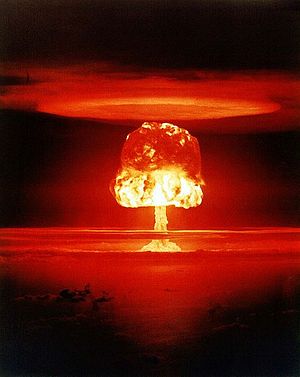Late this September, the media reported widely on a new study focused on the production of advanced gas centrifuges in North Korea. The analysis, presented in Seoul by Joshua Pollack and R. Scott Kemp of the Massachusetts Institute of Technology (MIT), was largely understood to indicate that advances in in-house North Korean scientific know-how would significantly hamper the effectiveness of traditional policy mechanisms intended to yield concessions from the Kim regime on the nuclear program.
Pollack, who also writes for Arms Control Wonk, a blog on arms control, disarmament, and non-proliferation, was pessimistic about the policy implications of the evidence uncovered in his research, stating that it may place a “verifiable denuclearization deal out of reach.” The evidence pointed to a concerted effort by North Korea to consolidate its nuclear production cycle.
Specifically, Pollack and Kemp found that North Korea “is learning — or has already learned — how to make such crucial centrifuge components and related technologies and materials as uranium hexafluoride, vacuum pumps, frequency inverters, magnetic top bearings and maraging steel.” Elsewhere, they said that domestic uranium production appeared to have begun no later than 2009.
Last week, however, David Alright and Olli Heinonen of the Institute for Science and International Security and the Belfer Center for Science and International Affairs at Harvard University, respectively, submitted a rebuttal that challenges Pollack and Kemp’s conclusions.
Albright and Heinonen do not take issue with the technical findings, but rather with the pessimistic policy conclusions. They express some skepticism about whether the North is self-sufficient in its centrifuge production, citing the “wide range of materials and equipment needed” to manufacture key components in centrifuge and cascade assembly.
Most importantly, Albright and Heinonen dispute the indigenous capability of the North’s nuclear program. They contend that a particular device–the computer-numerically controlled (CNC) flow forming machines cited as indigenously produced by Pollack and Kemp–are, in fact, European manufactured.
Albright and Heinonen’s analysis also points out the ambiguity in what materials the North was able to stockpile and preserve prior to the tightening of global export controls and sanctions. Uncertainty about the North’s initial supply not only persists today, but existed during the formation of those very same counter-proliferation policies that today make it difficult for the North to develop an indigenous capacity to produce nuclear equipment.
Pollack and Kemp’s full technical paper is still in draft form, and has not been publicly available for peer review. The policy ramifications of these latest inquiries into the North Korean nuclear program will greatly influence U.S. and allied policy towards the North, global counter-proliferation efforts, and the progress of the Six-Party Talks.
North Korea carried out a nuclear test in February of this year, the third since 2006, which resulted in increased tensions on the Korean peninsula. Recently, the North’s uranium program has begun to see major advances, and its older uranium enrichment plant, and plutonium reactor at Yongbyon has been reactivated, according to satellite imagery.
North Korea’s nuclear bomb technology, as evidenced from its tests, has been based on a crude plutonium method. Generally, uranium bombs are more difficult to develop, and concomitantly, their development is easier to shield from satellites and foreign intelligence services.

































